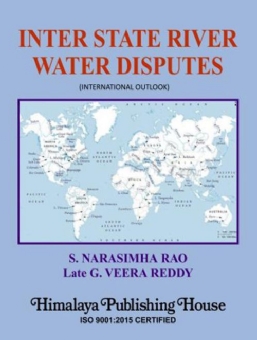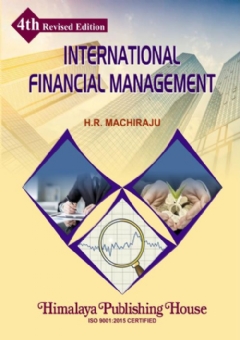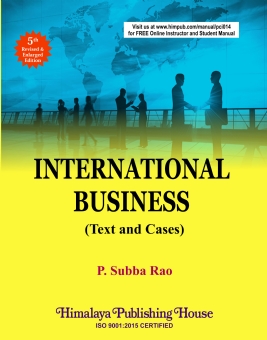Wisdom driven by humility in resolving the water disputes without any earlier precedence in the history of water disputes in the Indian context on eminent personalities before Bachawat Tribunal like Justice R.S. Bachawat and other members of jury, Sri H.M. Seervai, Sri P. Rama Chandra Reddy, Sri Andhyarjuna, Sri S.S. Javali, Sri K.K. Framji, Sri B.C. Angadi, Sri Mir Jaffar Ali, Sri M. Sitarama Sastry and many others in 60’s and 70’s inspired me to look into the Inter State Water Disputes in their various facets. The glimpse of such work is further evident before Narmada Tribunal, Cauvery Tribunal, cases on Babli Barrage, Cauvery Basin and Sutlej Yamuna Link Canal before Hon’ble Supreme Court.
The dispute resolving strategies of all the Tribunals like going for alternative available resources in allocating equitable shares to riparian States, scientific assessment in irrigation requirement and crop water requirements, ensuring justice to in basin areas and avoiding luxury in use of water in any part of basin or in service areas in utilising of river waters and avoiding or by correcting the perpetuating injustice done over negligence in allocations in proposed review of awards are some of the gems of wisdom in their work which influenced one and all engaged in the issues on river water.
The procedure of review of awards suggested makes new roads to be laid in bringing out scientific approach in water utilisations which is necessary in water deficit basins in coming periods with increasing demands of inhabitants without limiting itself to the concepts of attributed closed issues. I firmly believe that every Tribunal progressively building up new page or chapter in Indian Water Law in resolving water disputes with scientific approach and inspire many coming generations in analysing water issues with a lot of wealth of information which propels such process further.
Contents –
Introduction
1. Rivers and River Valleys
2. The Evolution – Law on Inter State Rivers
3. Equitable Utilisation – Equitable Apportionment
4. Judgements of the Supreme Court: United States of America
5. Compacts and Treaties
6. Ecological and Environmental Needs
7. Epilogue
Appendix
Maps







